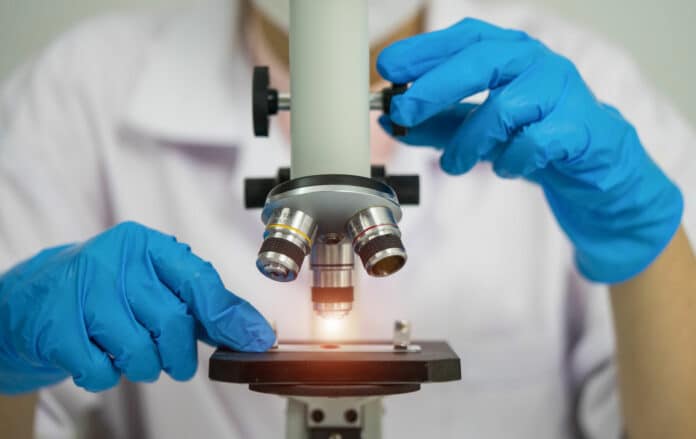Mitochondria are involved in the assembly and movement of iron-sulfur cofactors. These are some of the essential compounds in the human body. However, it remains unclear how the process works exactly.
A new study by the Ohio State University offers clues on how an important class of molecules is created and moved in human cells. Scientists found that these cofactors are moved with the help of a substance called glutathione. This antioxidant helps prevent certain types of cell damage by transporting these essential iron cofactors across a membrane barrier.
Glutathione helps regulate metals like iron- which red blood cells use to make hemoglobin.
James Cowan, a co-author of the study and a distinguished university professor emeritus in chemistry and biochemistry at Ohio State, said, “Iron compounds are critical for the proper functioning of cellular biochemistry, and their assembly and transport is a complex process. We have determined how a specific class of iron cofactors is moved from one cellular compartment to another using complex molecular machinery, allowing them to be used in multiple steps of cellular chemistry.”
An important group of substances called iron-sulfur clusters perform several metabolic tasks, such as aiding in the replication of our genetic material and transferring electrons to produce energy and make critical metabolites in the cell. However, dysfunction of these clusters can make bad things happen- leading to the risk of several diseases like forms of anemia, Friedreich’s ataxia (a disorder that causes progressive nervous system damage), and a multitude of other metabolic and neurological disorders.
To study how this mechanism works, scientists first took a fungus called C. thermophilum. They then identified the critical protein molecule of interest and produced large quantities of that protein for structural determination.
They found that the protein within C. thermophilum is essentially a cellular twin of the human protein ABCB7. The protein ABCB7 transfers iron-sulfur clusters in people, making it the perfect specimen to study iron-sulfur cluster export in people.
The team then developed several structural models describing the pathway used by mitochondria to export the iron cofactors to various parts of the body using a combination of cryo-electron imaging and computer modeling.
Cowan said, “While the findings are vital to learning more about the basic building blocks of cellular biochemistry, I’m excited to see how their discovery could later advance medicine and therapeutics.”
“Understanding how these cofactors are assembled and moved in human cells can lay the groundwork for determining how to prevent or alleviate symptoms of certain diseases. We can also use that fundamental knowledge as the foundation for other advances in understanding cellular chemistry.”
Journal Reference:
- Ping Li et al., Structures of Atm1 provide insight into [2Fe-2S] cluster export from mitochondria, Nature Communications (2022). DOI: 10.1038/s41467-022-32006-8
